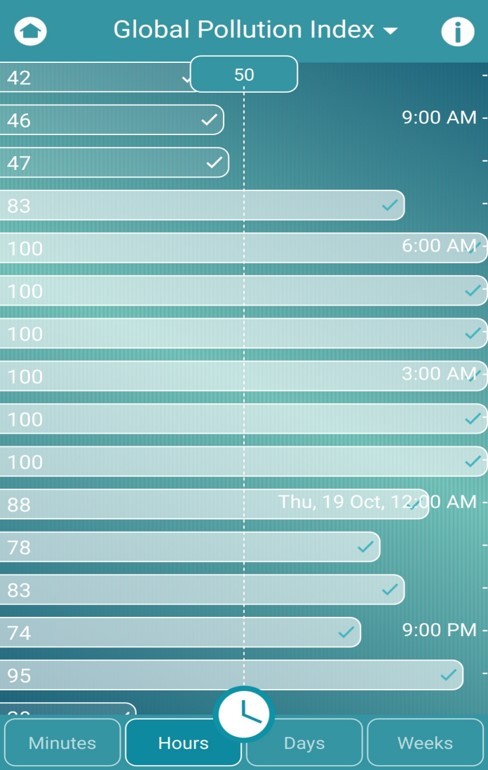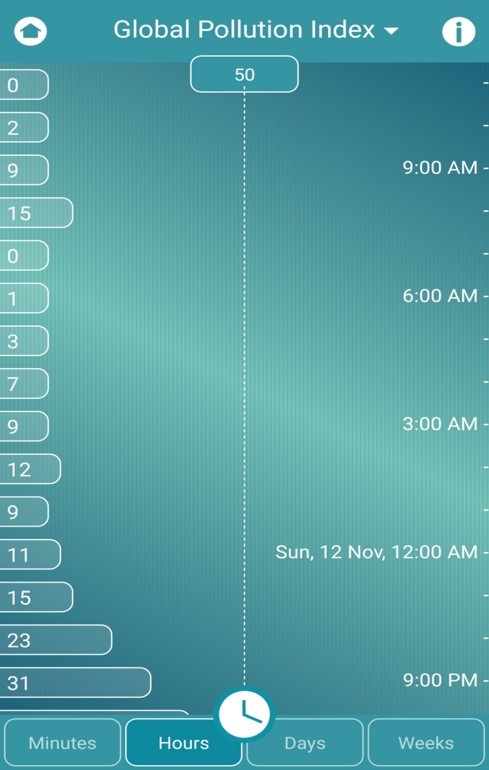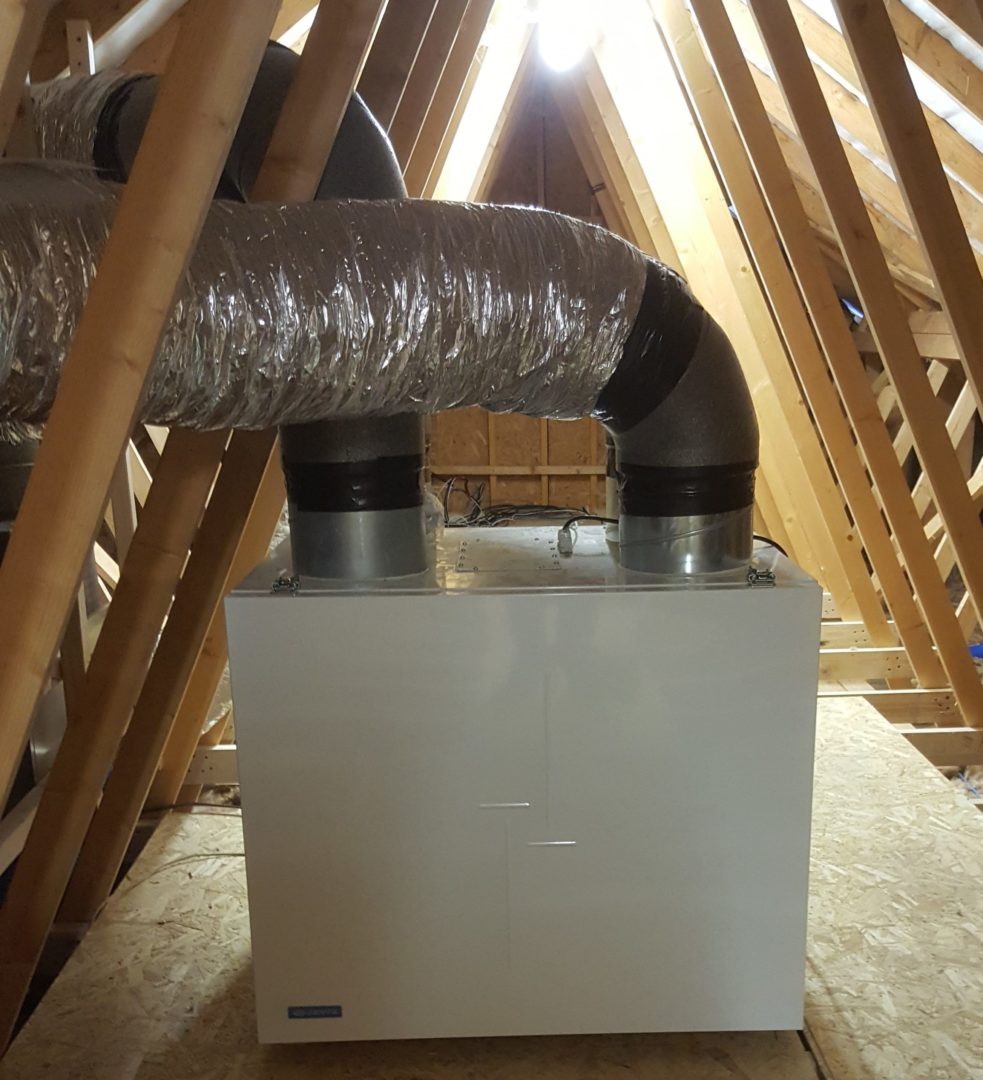Build Tight. Ventilate Right.
April 18 2019
The importance of Controlled Ventilation in a Newly Built Home
In a previous Blog we discussed the various ventilation options open to homeowners when building a new home. When we get enquiries through on a weekly basis it is not uncommon for people to enquire about heating and renewable options, with no mention of ventilation.
The minimum form of ventilation still currently required to satisfy Building Control is a combination of trickle vents and extract fans. A trickle vent is the most basic form of ventilation and consists of a slot opening in a window which can be manually opened and closed to let fresh air straight in from outside. This is uncontrollable and the problem with these arise during a cold windy night when you get a cold draught from the vent entering the room, which affects the comfort of the occupants. Combined with extract fans in bathrooms, it begs the question – why insulate your home so well and leave what are effectively holes in your walls and windows? It still puzzles us when people are willing to do this despite having a 200mm wall cavity, 150mm thick floor insulation, triple glazing, a warm roof etc. All designed to keep the precious heat in!
A well designed mechanical heat recovery or demand control ventilation system will deliver filtered, pre-heated, fresh air 24/7. The major difference between these systems and trickle vents is that you are recovering heat from cooking and washing which is otherwise exhausted to outside, plus the filtration of air coming into your home improves the air quality of the occupants. With modern new homes being so well insulated and air tight, the potential issues arising with mould and condensation need to be given serious consideration to avoid damage to the structure of the building and most importantly to ensure that it is a healthy home to live in.
People with respiratory problems such as asthma will benefit greatly from having filtered fresh air delivered in a controlled method to every room in their home. Further to this the increased amount of chemicals used in the manufacturing of furniture and carpet increase the level of VOC’s (Volotile Organic Compounds) in a home, especially if there is a lot of new furniture delivered to a newly built house.
But do not take our word for it. We recently installed a device called a Foobot into a house which has a mechanical heat recovery ventilation system. This device measure VOC’s PM (Particulate Matter) and CO2 (carbon dioxide) levels in the home. The first image below shows how the index score measuring the pollution levels in the home increased dramatically when the ventilation system was turned off for a weekend. This proved the point that the air quality is affected when the ventilation system is not running. The second image below shows how good the air quality can be when the ventilation system is doing it’s job.
When building a new home the question must be asked; How much consideration is and should be given to the health of the homes occupants? Is £5,000 or £6,000 really too much in the budget to guarantee this? If so it should be asked what other compromise can be made elsewhere which has no bearing on the occupants health?
Contact us on 028 92667745 or email info@dalyrenewables.com to discuss further.


